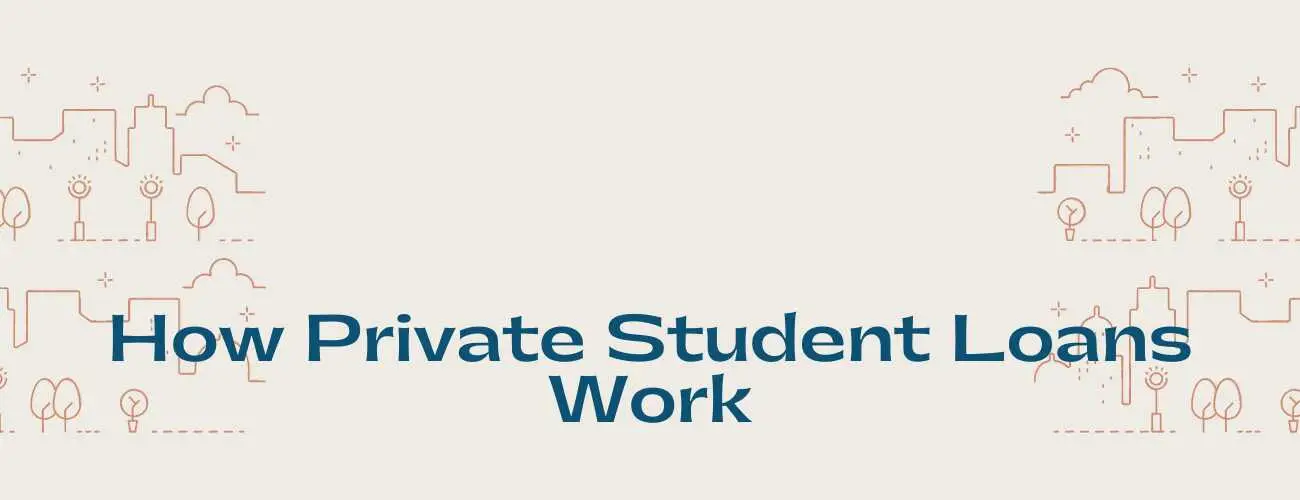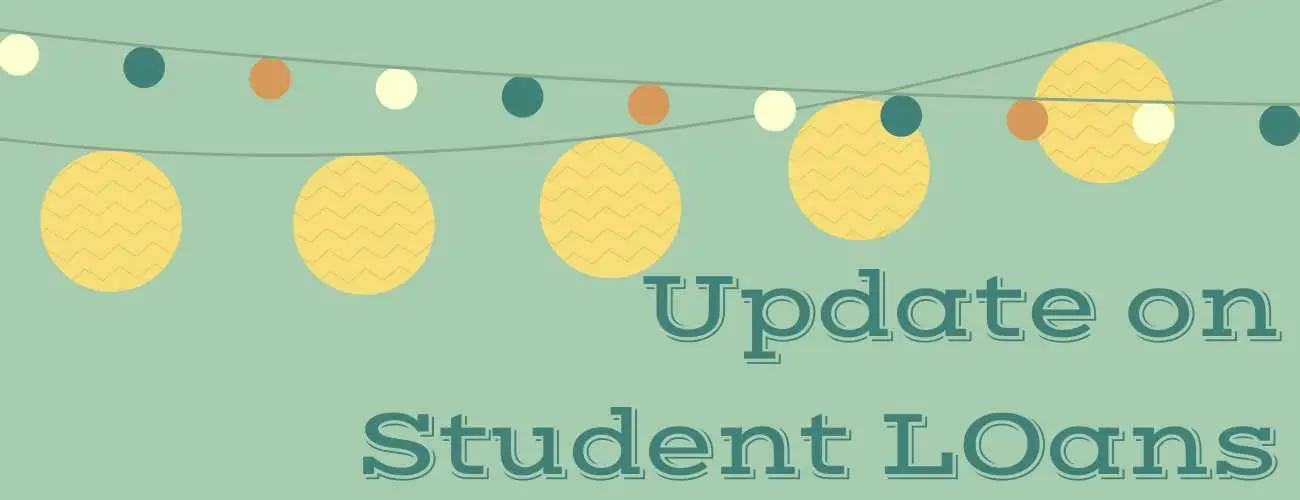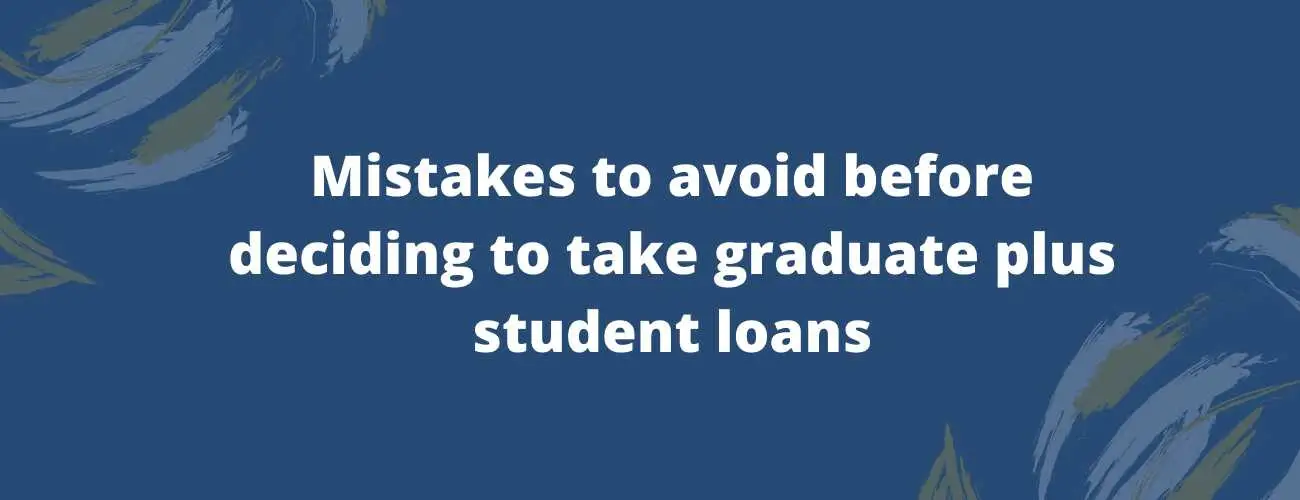Refinance Your Student Loans after Filing For Bankruptcy - With 3 Simple Steps
Have you filed for bankruptcy and now seeking to refinance your student loans? Know the process to refinance after filing for bankruptcy. Explore lender requirements and possible challenges.
Updated by Jason Joy Manoj on 12th October 2020
Good credit history is needed for any kind of financial aid like getting a student loan for monetary support. Filing for bankruptcy can leave a black mark on your credit history and will stand out when you file for refinancing or any other financial support during their repayment journey.
The bankruptcy indicates that the borrower is a high credit risk. And if a borrower is looking to refinance then it will be harder for him/her to do so after filing for bankruptcy.
Most lenders won’t consider refinancing of student loans after filing for bankruptcy. While the other lenders who do look past bankruptcy, allow the borrower to refinance after bankruptcy with them but they have stringent requirements which makes it much more difficult.
If you have decided to file bankruptcy and proved that repaying your loans will result in an undue hardship. After which you still carry some or all of your previous student loan debt, is refinancing still an option? Right of the bat, we need to get this clear that you will undergo higher restrictions and a lesser number of options available. Let us jump right into the options available.
Table of contents
- How do you refinance student loans after bankruptcy
- Lender who refinance
- Why is it so hard to refinance after filing for bankruptcy
How do you refinance student loans after filing for bankruptcy?
High student loan debt isn’t the only factor that causes financial distress, we have several other contributing factors. The recent graduates now have several loans carried with monthly payments to be made for each loan. Refinancing your student loans can help reduce the financial burden and also help in making the debt more manageable. If lucky you can refinance your loans for a lesser interest rate saving you money in the long run and also make lesser monthly payments so that other expenditures and managed well.
If you have already filed for bankruptcy and have now found refinancing as the best option to go forward with it, for managing your debt. Then here are the 3 steps you can use to refinance your student loans after filing for bankruptcy:
1) Search for lenders who will overlook bankruptcy in the past
There are several lenders in the market out there, so you will have to snoop and ask around. There is no harm in asking, lenders make it a priority to have clear policies regarding their services provided.
The lender service representatives will also outline eligibility requirements to be met before you decide to apply. This can help prevent a hard credit check being conducted on your sensitive credit history. Build your credit history along the time if you intend to refinance your student loans. The bankruptcy will be erased with time but may take up to 15 years.
2) Get a co-signer to help strengthen your application
In some cases, the lender will make the co-signer get the primary borrower status. This is a hard decision to make because the co-signer will now have to share the burden of debt. Not all lenders will allow a co-signer option to be sure to check when you shop around for lenders. There are few lenders who are willing to refinance your student loans with a cosigner. If your cosigner shows a good credit history and reassures you to pay back the loans, refinancing lenders may accept your application for the refinancing process. If lucky, you may refinance your student loans for lesser interest rates and also end up paying less monthly payments too.
3) Patience
The last and final step is to practice patience. By patience don’t just sit idle or meditate in the hills. Go and rebuild your credit score and make those payments on time. This will take some time, you will have to dedicate at least 2 to 3 years for rebuilding your credit.
It will seem hard because you need to bounce back from bankruptcy but as mentioned earlier ‘patience’. After you build your credit score you can apply to refinance with a lender with whom you meet the credit requirement. It might take years for the bankruptcy to be erased from your credit history but this process is important if you intend to refinance your loans.
Worried about your college tuition? Learn more about Best student loans
Lenders who allow refinancing after bankruptcy
Not a lot of lenders are open to refinancing student loans of a borrower after bankruptcy. This is because the borrower appears to be a high credit risk. But some lenders oversee this, we will talk about two such lenders - College avenue and Laurel Road.
1) College Avenue - They consider refinancing but it depends, they might refinance with a particular borrower and reject another borrower even if both have filed for bankruptcy. It is for this reason that it is very case-specific.
If the borrower has shown a strong financial responsibility after filing for bankruptcy then there are chances of him/her being cleared for refinancing with College Avenue.
It is advised to use a pre-qualification tool before you apply as it shows how strong your application is for refinancing and how you can go about further strengthening it. This won’t affect your credit score.
Learn more about College Ave Student Loans Reviews
2) Laurel Road - They are also case-specific and show consideration for those who show financial responsibility after filing for bankruptcy. They study the time following bankruptcy to check whether you have rebuilt your credit and if you have a solid employment history.
Refinancing interest rates for these lenders are as follows:
| Lenders | Interest Rates |
| College Avenue | Variable - 3.64% - 8.49% APR Fixed - 3.74% - 8.49% APR |
| Laurel Road | Variable - 1.89% - 4.65% Fixed - 2.80% - 4.80% |
Note that the rate could increase after bankruptcy is filed. Please contact the lenders to find more information and discounts (if any) provided.
You can show a strong financial responsibility by making on-time payments on your credit card bills and much more. A strong employment history helps show stability.
Learn more about Laurel Road Student Loan Refinancing Review
Why is it so hard to refinance student loans after filing for bankruptcy?
As discussed earlier those who file for bankruptcy are thought of as high credit risk. No lender would ever give money to those who can’t show any potential in paying it back. It indicates financial irresponsibility no matter what led to you filing for bankruptcy.
You could have gone through a divorce, a horrible accident, been subjected to the downturn of the market conditions but a lender will not consider this. Your personal circumstance which could have led to bankruptcy is not included in your credit history and all a lender needs to pay attention to is the credit history.
Like we discussed earlier taking on the chin and be patient and rebuild your credit. Patience is key.
Looking to refinance your student loans? Find the best student loan refinancing lenders
Has it been a while since you filed for bankruptcy?
If you had filed for bankruptcy a couple of years ago then you can try refinancing with Massachusetts Educational Financing Authority which will consider those applicants who filed 60 months ago for bankruptcy.
Be aware of all the options available to you. If you have filed for bankruptcy and now Commonbond or Earnest has rejected your application to refinance then you need not worry. You have options with College Avenue and Laurel Road and depending on your time of filing for bankruptcy you can even check with Massachusettes Financing Authority. Lenders may show a willingness to refinance after 4-10 years after you filed a bankruptcy.
Always remember you can build your credit from scratch.
Other blogs you may be interested in
Student Loan Bankruptcy Options And Loan Discharge
Refinance Or Consolidate Defaulted Student Loans - All You Need To Know



93.jpg)


28.jpg)
